The course of the Cold War, waged mainly between the world‘s two most powerful countries, was as interesting as it was dangerous. Back then, the arms race was focused mainly on development of nuclear weapons. During that time, spies had a crucial role to play. For instance, the Rosenbergs. Who were they, and what was their relation to nuclear weapons?
Julius Rosenberg was born on May 12 1918 in New York, a son to a family of Russian immigrants. Ethel Rosenberg, maiden name Greenglass, was born on September 28 1915, also in New York. A future married couple, they met in high school. They married in 1939 in New York, just 5 years since Ethel‘s graduation. After high school, Julius attended City College of New York college, where he obtained a degree in electrical engineering. Later on, he would work in an electric store. The Rosenbergs lived in eastern Manhattan.
The FBI took great interest in the Rosenbergs. Even though they were born Americans, they were suspected of espionage for the Soviet Union. How did FBI reach Julius and Ethel?
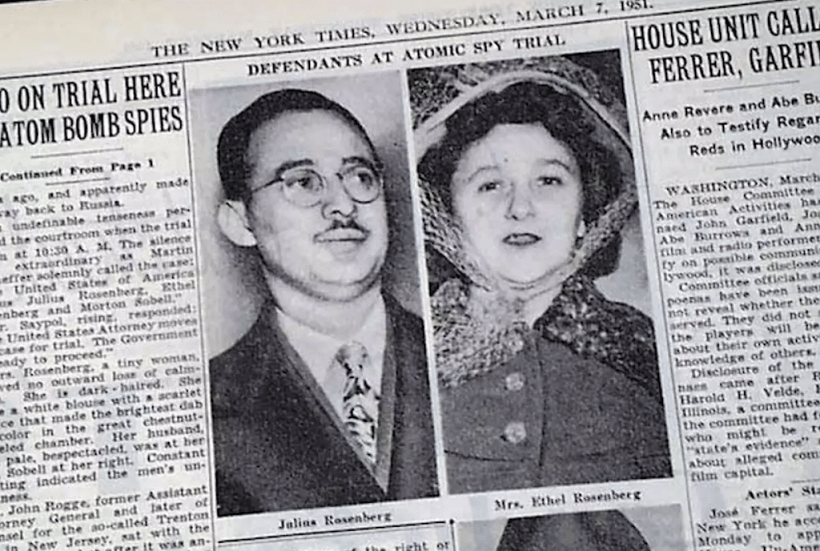
Atomic bomb
Summer 1949, the FBI found out that classified information about the construction of nuclear bomb were stolen and transferred abroad. Ensuing investigation led them to a man named Emil Julius Klaus Fuchs, a British scientist born in Germany. He was apprehended in the UK, where he admitted to being involved in espionage for the USSR, but he was not able to identify his contact in the USA. The FBI continued with their meticulous investigation, which ultimately led them to Ethel Rosenberg‘s brother, David Greenglass. During interrogation, David and his wife admitted to espionage, claiming they were given instructions by the Rosenbergs.
The Rosenbergs
Their story is quite an interesting one. Even though they were born in the USA, they entered the Communist Party. Julius was a member, and later a leader, Young Communist League, when he was only 14. His wife distributed communist literature. Mr Rosenberg worked at Army Signal Corps laboratories, where he was dismissed from, once the US Army learned about his connections with the communist party.
Due to the Venona operation (decryption of secret messages sent from the USSR to their spies), the US government learned that Rosenberg was one of the major figures involved in the theft of thousands of classified documents. Among them were the plans for ‘proximity fuse‘, a device equipped with highly advanced – for that times – electronics, being one of the most interesting inventions of the World War II period. A bomb equipped in such a fuse would not detonate upon impact, but within a pre-set distance. A similar weapon was used to take down a Lockheed U-2 place used by the USA to spy on the communist countries.
But the plans for ‘proximity fuse‘ was hardly everything that was stolen. The Americans were quite surprised once they learned how quickly the Russians began testing their first nuclear weapons. Operation Joe-1 (dubbed so by the Americans after Joseph Stalin) took place on September 29 1949. It was on that day that the FBI began the investigation concerning the theft of classified data. It seemed impossible for the Russians to build their first nuclear bomb, the RDS-1, completely on their own, in such a short time.
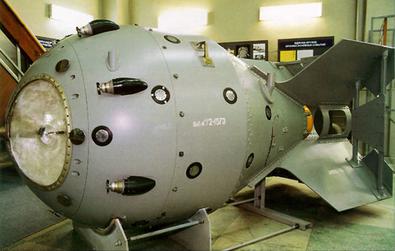
Ultimately, the investigation led to the Rosenbergs, who, among all the suspects, proved to be the most involved in espionage.
Trial and sentence
In 1951, a trial started, one which soon attracted the attention of the entire world. Julius and Ethel Rosenbergs were charged with treason, the main charge concerning conveying classified data about the American nuclear program.
The couple claimed to be innocent to the very end. Ethel was offered with a reduced penalty in exchange for her admission, but she refused. The Rosenberg trial, dubbed by the press ‘The Trial of the Century‘ lasted 2 years, and was concluded with a death sentence to both of them, to be carried out by electric chair.
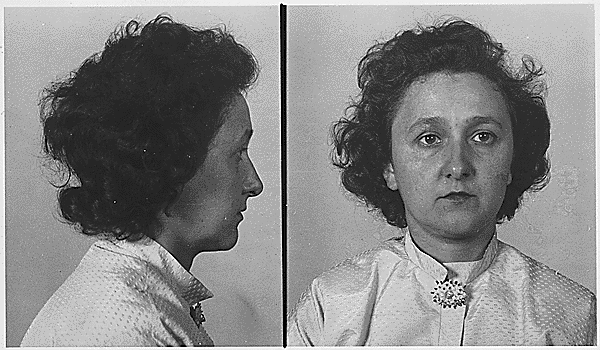
Appeals for pardon, sent by the pope Pius XII, or Albert Einstein, were to no avail. Dwight Eisenhower, the US president of that time, denied pardoning the convicts. The sentence was carried out at Sing Sing prison. Julius was executed on June 19 1953 at sunset. Ethel Rosenberg was executed on the same day, requiring multiple electric shocks. According to witnesses, Ethel‘s heart was still beating after the first shock, leaving the staff no choice but to apply another‘ The couple had two sons – Michael and Robert.
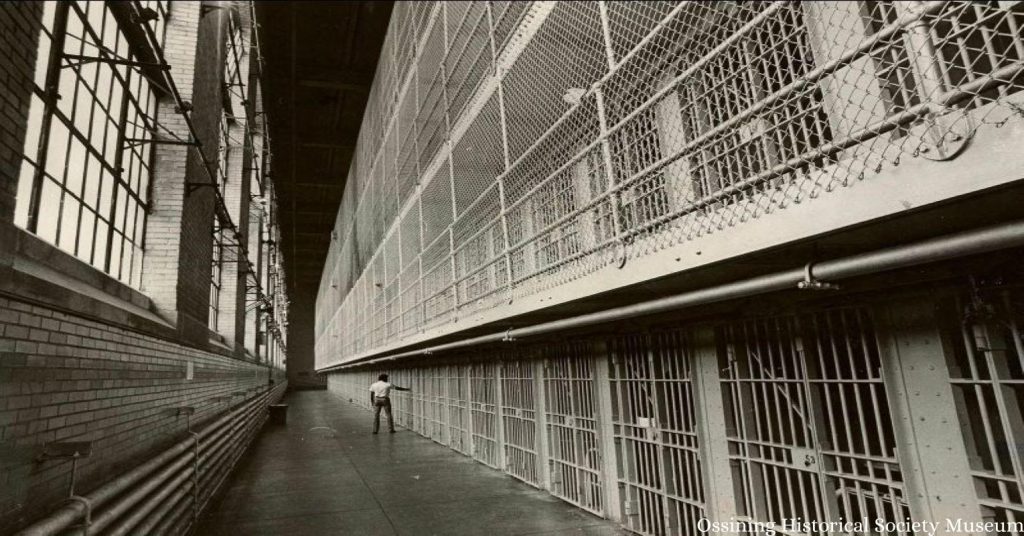
Even though many people doubted Julius i Ethel‘s guilt, documents about the Venona project, revealed in 1955, seem to confirm their spy activity. Another proof comes from Nikita Khrushchev‘s autobiography, where the former leader of the Soviet Union claimed that even though he does not know for certain what sort of help did the USSR get from Rosenberg, according to Stalin, it was ‘substantial help in hastening the construction of our atomic bomb‘.
During the Cold War, the Rosenbergs were the only instance of a death sentence for espionage carried out on US citizens.




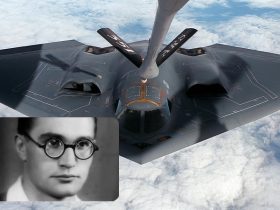

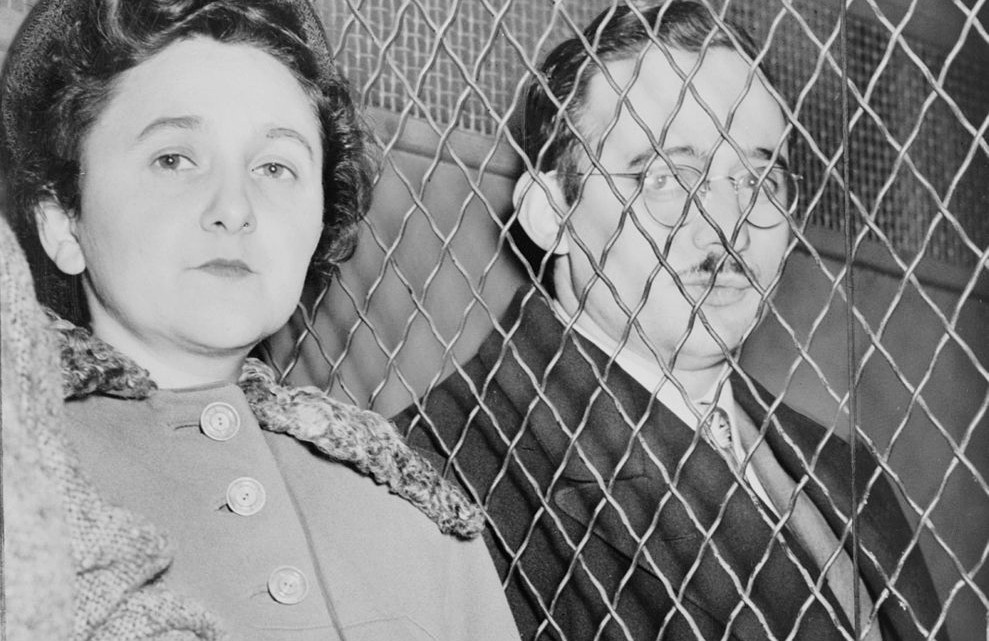




Leave a Reply